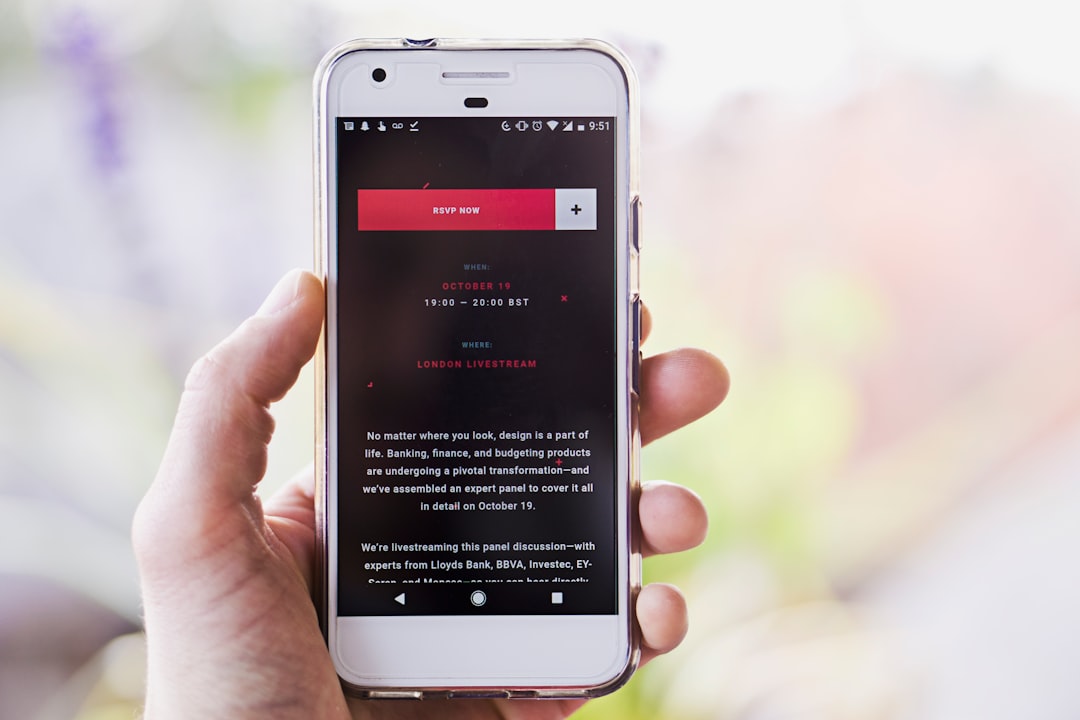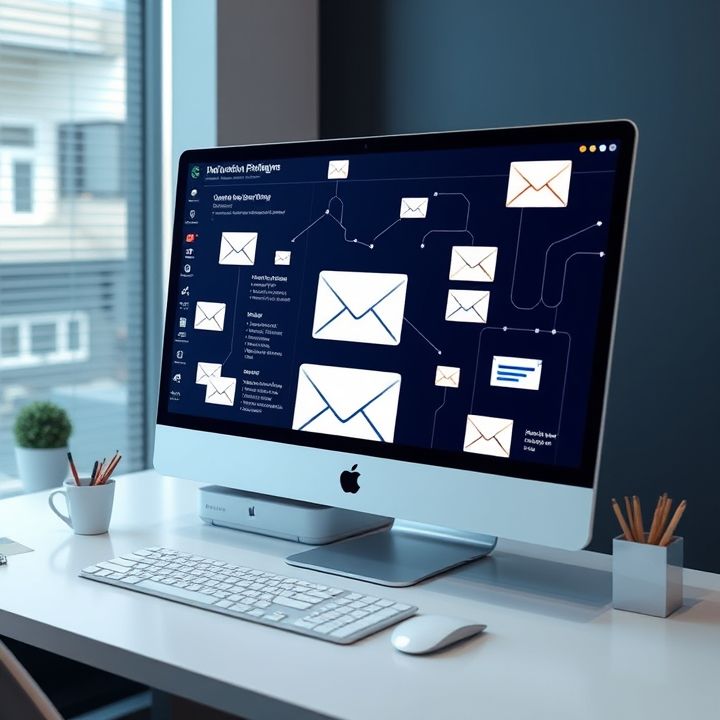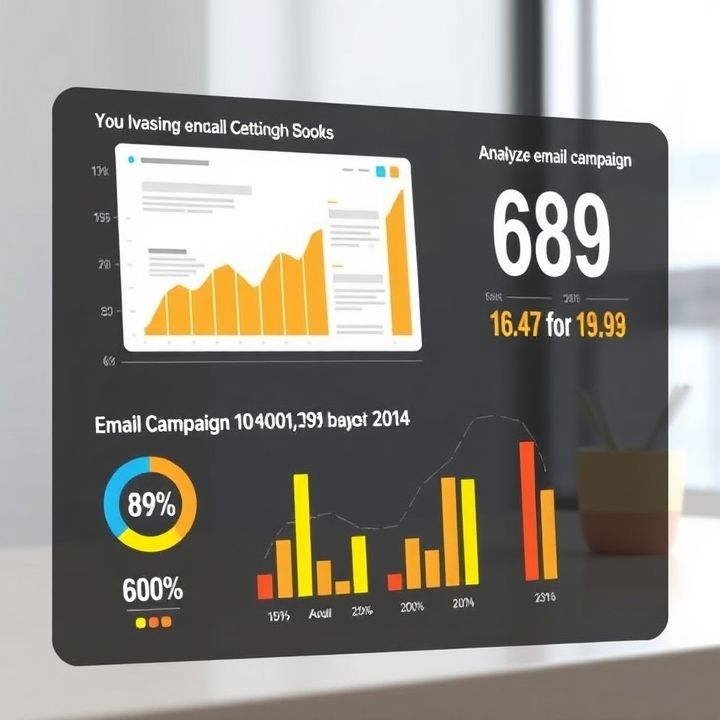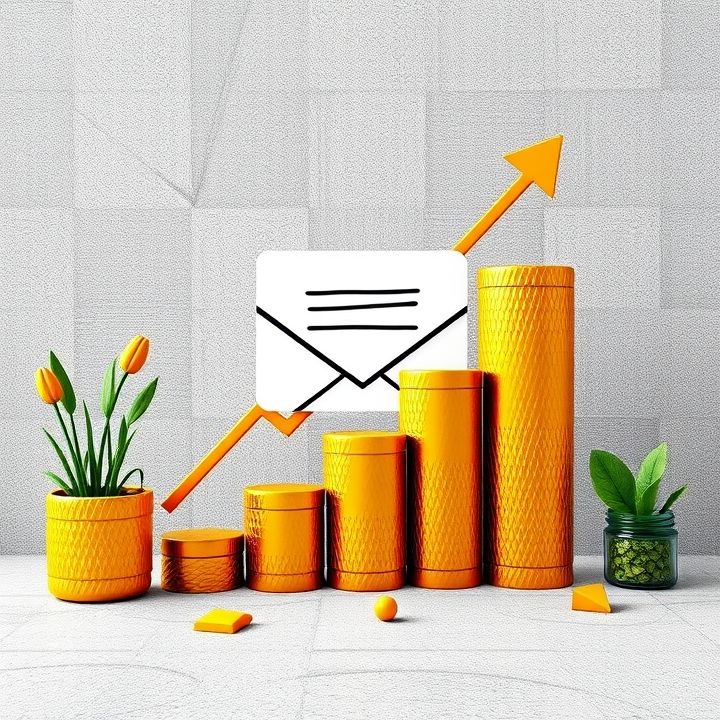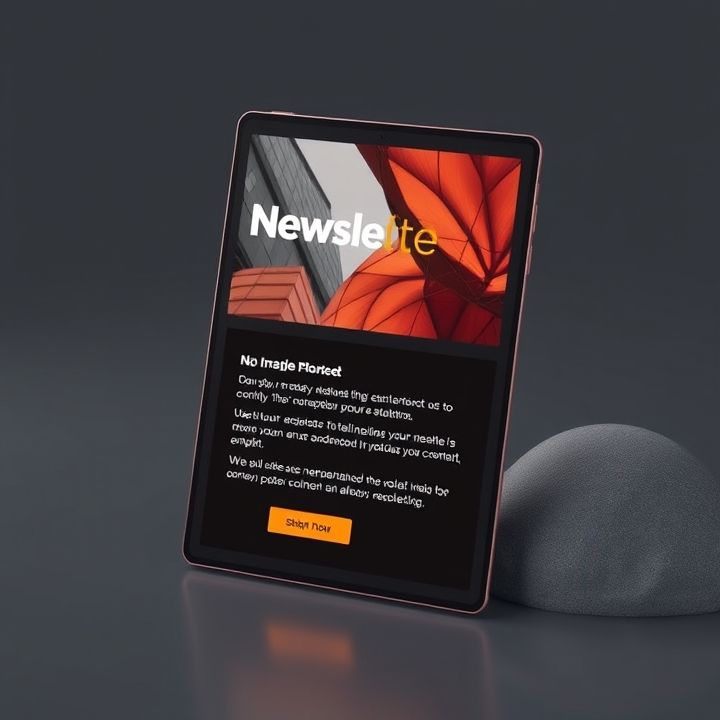Table of Contents
- Introduction
- Understanding the target audience’s preferences and behaviors
- Crafting compelling subject lines and preview text
- Using a visually appealing layout and design
- Incorporating high-quality images and multimedia elements
- Applying brand-consistent colors and fonts
- Utilizing personalized and dynamic content
- Optimizing for mobile devices
- A/B testing and analyzing performance metrics
- Conclusion
- Frequently Asked Questions
Introduction
In the ever-evolving landscape of digital marketing, designing email templates that not only capture attention but also engage and retain your audience is more crucial than ever. But how do you transform your email campaigns from mundane to mesmerizing? The secret lies in mastering a blend of creativity, strategy, and technical prowess.
In this article, we unveil the exclusive techniques that can transform your emails into high-performing assets. From clever layout designs to personalized content, every facet of crafting an appealing email template is about to be demystified. You don’t want to miss the insights that could redefine your marketing success.
Before diving into the myriad of techniques, let’s take a moment to visualize the potential:
 |
| Email marketing success beautifully visualized in a hyper-realistic design |
So, gear up to explore the strategies that could lead your next email campaign to become the talk of your industry!
Understanding the target audience’s preferences and behaviors
Creating engaging and visually appealing email templates requires a deep understanding of your target audience’s preferences and behaviors. The first step is to segment your audience based on demographics, purchase history, and engagement levels. This allows you to tailor content that resonates with them on a personal level.
Understanding their preferred communication style is crucial. Some audiences may respond well to casual and friendly tones, while others might prefer a more formal approach. Analyzing past engagement data can reveal what type of content receives higher open rates and click-through rates, providing insights into what appeals to your readers.
Furthermore, consider the devices your audience commonly uses. A mobile-first design may be necessary if your audience primarily accesses emails on smartphones. Also, keep an eye on the timing and frequency of your emails. Too many emails can lead to fatigue, while too few can cause disengagement.
By understanding these preferences and behaviors, you can craft email templates that are not only visually appealing but also relevant and engaging, leading to higher engagement and conversion rates.
Crafting compelling subject lines and preview text
Crafting compelling subject lines and preview text is a critical tactic in creating engaging and visually appealing email templates. Subject lines serve as the first impression for your audience, and thus, need to be attention-grabbing yet concise. To achieve this, consider using numbers or power words to generate interest and evoke curiosity. Personalization can also be effective; incorporating the recipient’s name or specific preferences can create a sense of relevance.
Complementing the subject line, the preview text acts as a supportive narrative that elaborates on the promise made in the subject line. Effective preview text should provide a concise summary or highlight a key benefit, encouraging recipients to open the email. It should be aligned with the subject line in tone and content yet add additional value or intrigue.
Both subject lines and preview text should be tested for effectiveness through A/B testing. Analyzing open rates and engagement metrics can help identify what resonates best with your audience. Finally, keeping character limits in mind ensures that both elements display correctly across different email clients, maintaining their intended appeal and clarity.
Using a visually appealing layout and design
Creating a visually appealing layout and design is essential for engaging email templates. A clean and organized design ensures that users can easily navigate the content, making it more likely they will engage with the message. One effective tactic is to use a clear and hierarchical structure that guides the reader’s eye. This can involve strategically placing headings, subheadings, and body text, allowing recipients to quickly grasp the key points.
Color is another crucial element. Employing a complementary color palette can enhance the overall look while maintaining brand consistency. Additionally, integrating high-quality images or graphics can capture attention and convey the message more effectively than text alone. However, it’s important to balance visual elements with whitespace to prevent the email from appearing cluttered.
Furthermore, responsive design is vital. Ensuring that the email template adapts seamlessly to various devices and screen sizes will enhance user experience and engagement. This means utilizing fluid grids and flexible images, along with media queries, to optimize the layout for mobile viewers. In summary, a visually appealing layout and design is about creating a harmonious balance between aesthetics and functionality, ultimately driving better interaction rates.
Incorporating high-quality images and multimedia elements
Incorporating high-quality images and multimedia elements into email templates can significantly enhance user engagement and the overall aesthetic appeal. Images should be well-curated and relevant to the email’s content, e.g., product shots for sales emails or infographics for informational pieces. High-resolution visuals help convey professionalism and can lead to better brand perception. Make sure the images are optimized for fast loading times to prevent users from navigating away due to slow performance.
Beyond static images, consider integrating multimedia elements like videos, GIFs, or even carousel features to create a dynamic experience. Videos can be particularly effective as they offer a richer medium to convey messages more engagingly. However, always provide a fallback, such as a static image and a link to the video, to accommodate email clients that do not support video playback.
Additionally, ensure your multimedia elements are mobile-responsive. With a significant number of users accessing emails on their mobile devices, it’s crucial to maintain the integrity and impact of your visuals across different screen sizes. Alt text should also be provided for all images to enhance accessibility and maintain communication even if images fail to load.
Applying brand-consistent colors and fonts
When designing email templates, using brand-consistent colors and fonts is essential for enhancing recognition and maintaining a professional appearance.
The first step is to choose colors that align with your brand’s visual identity. Consistent use of brand colors helps reinforce your brand image and makes your emails instantly recognizable. Consider using your brand’s primary color for headers or call-to-action buttons, while secondary colors can highlight important information without overwhelming the eye.
Equally important is the choice of fonts. Stick to the typography guidelines your brand follows to ensure consistency across all platforms. The use of fonts should be limited to a couple of styles to avoid a cluttered look. Your main font can be used for body text, while an accent font may be applied to headings and subheadings to create a hierarchy.
Additionally, ensure that your color and font choices enhance readability. Choose font sizes and colors that contrast well against the background. This not only helps in keeping your audience engaged but also ensures that your message is communicated effectively. Consistency in these aspects not only supports brand recognition but also builds trust with your audience over time.
Utilizing personalized and dynamic content
Personalized and dynamic content plays a pivotal role in crafting engaging and visually appealing email templates. By leveraging personalization tactics, you create a more tailored experience that resonates with your recipients. This can begin with using the subscriber’s name in the subject line or greeting, thereby fostering a connection from the outset. Furthermore, dynamic content allows for customization based on subscribers’ behaviors, preferences, and past interactions. This could mean including recommendations for products they might like, or content that aligns with their interests. Personalized content not only captures attention but also significantly boosts engagement rates.
Dynamic content also empowers marketers to deliver messages that are relevant and timely. For instance, updating content based on real-time data such as weather, location, or specific sales events can make your emails feel current and vital. Tools like merge tags or advanced email marketing platforms make this process more efficient. In essence, integrating personalized and dynamic content into your email templates can greatly enhance user experience, foster loyalty, and drive conversions, making your emails stand out in a crowded inbox.
Optimizing for mobile devices
In today’s digital age, optimizing email templates for mobile devices is essential to ensure that your audience receives and engages with your content. A significant portion of emails are opened on mobile devices, making it crucial for emails to be mobile-friendly. To achieve this, start with a responsive design that automatically adjusts to different screen sizes. Use a single column layout which is easier to read and navigate on smaller screens. Prioritize clear and concise content by using smaller text blocks and bullet points to break up information.
Additionally, pay attention to the size and placement of call-to-action buttons. Ensure they are large enough to be easily tapped with a finger and placed prominently where they stand out. Optimize images by compressing them to reduce load time without compromising quality. Finally, always test your email templates on various mobile devices to ensure compatibility and a seamless user experience. By focusing on mobile optimization, you can enhance user engagement and increase the effectiveness of your email marketing campaigns.
A/B testing and analyzing performance metrics
A/B testing is an essential tactic for creating engaging and visually appealing email templates. This process involves sending two versions of an email—version A and version B—to a small segment of your audience to determine which performs better. The differences between the two versions could be in subject lines, visuals, or call-to-action buttons. The goal is to identify which elements drive better engagement and conversions. Once the test results are collected and analyzed, the winning version is sent to the rest of your audience, maximizing the effectiveness of your email marketing campaign.
Analyzing performance metrics is equally crucial. Key metrics such as open rates, click-through rates, and conversion rates provide insights into how well your emails are performing. Open rates indicate how compelling your subject line and preview text are, while click-through rates measure the effectiveness of your content and links. Conversion rates ultimately tell you how successful your emails are in achieving your intended goals. By regularly reviewing and adjusting based on these metrics, you can continuously refine your email strategy, making it more effective and targeted over time.
Conclusion
In conclusion, unlocking the secret techniques for designing jaw-dropping email templates that skyrocket engagement involves a strategic blend of understanding your audience, crafting compelling content, and leveraging powerful design elements. By focusing on audience preferences and crafting personalized, dynamic content, you ensure your emails resonate and foster a connection with each recipient. Implementing visually appealing layouts, engaging multimedia, and brand-consistent designs enriches the user experience, while mobile optimization ensures accessibility across devices.
Furthermore, A/B testing and metric analysis are indispensable tools for refining your strategy, enabling you to continuously improve based on real-world performance data. As you adopt these approaches and harness the integration of high-quality visuals, captivating subject lines, and effective calls to action, you not only enhance engagement but also drive conversions. Mastering these creative yet practical steps transforms your email marketing into a powerful channel for reaching and impacting your audience effectively.

